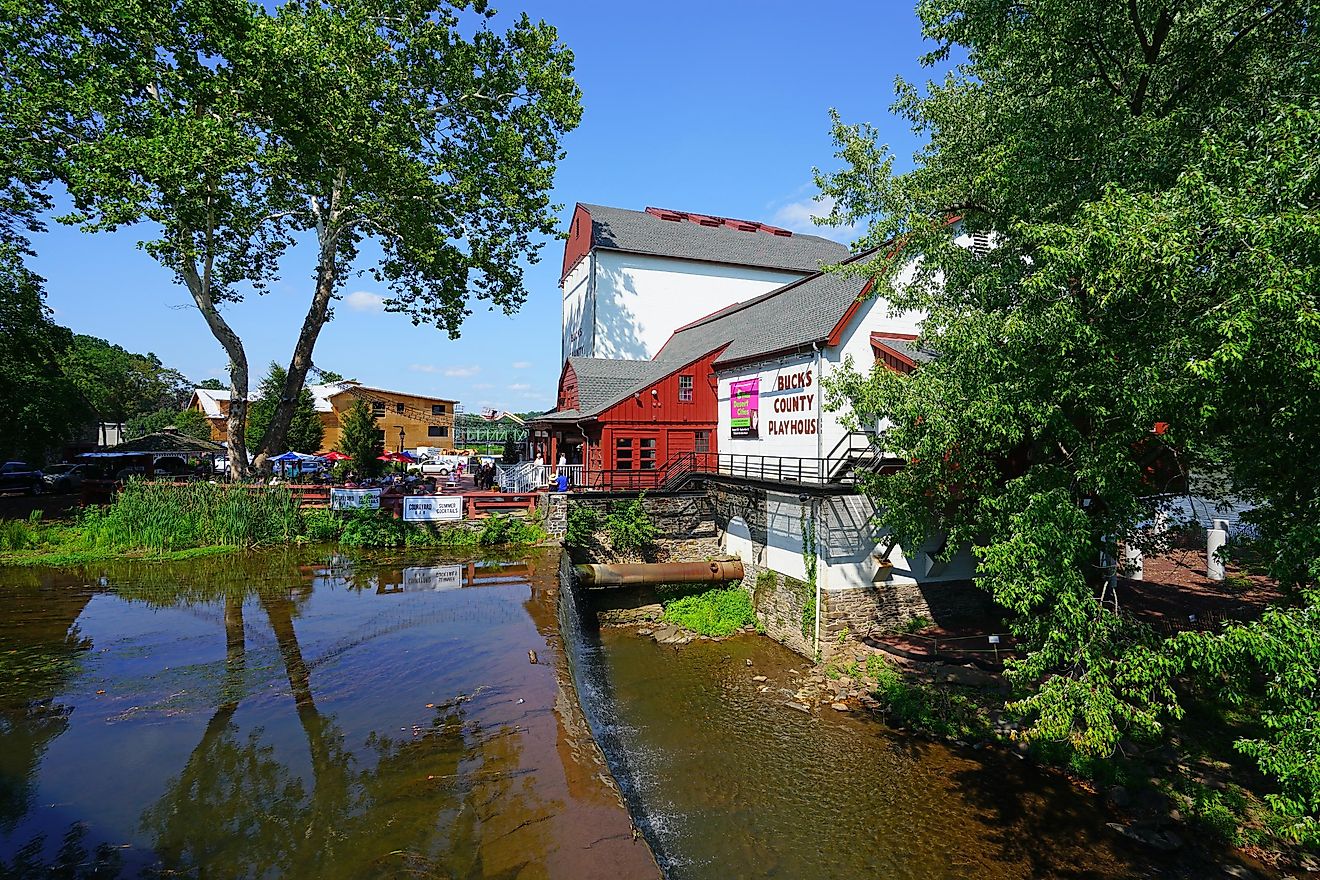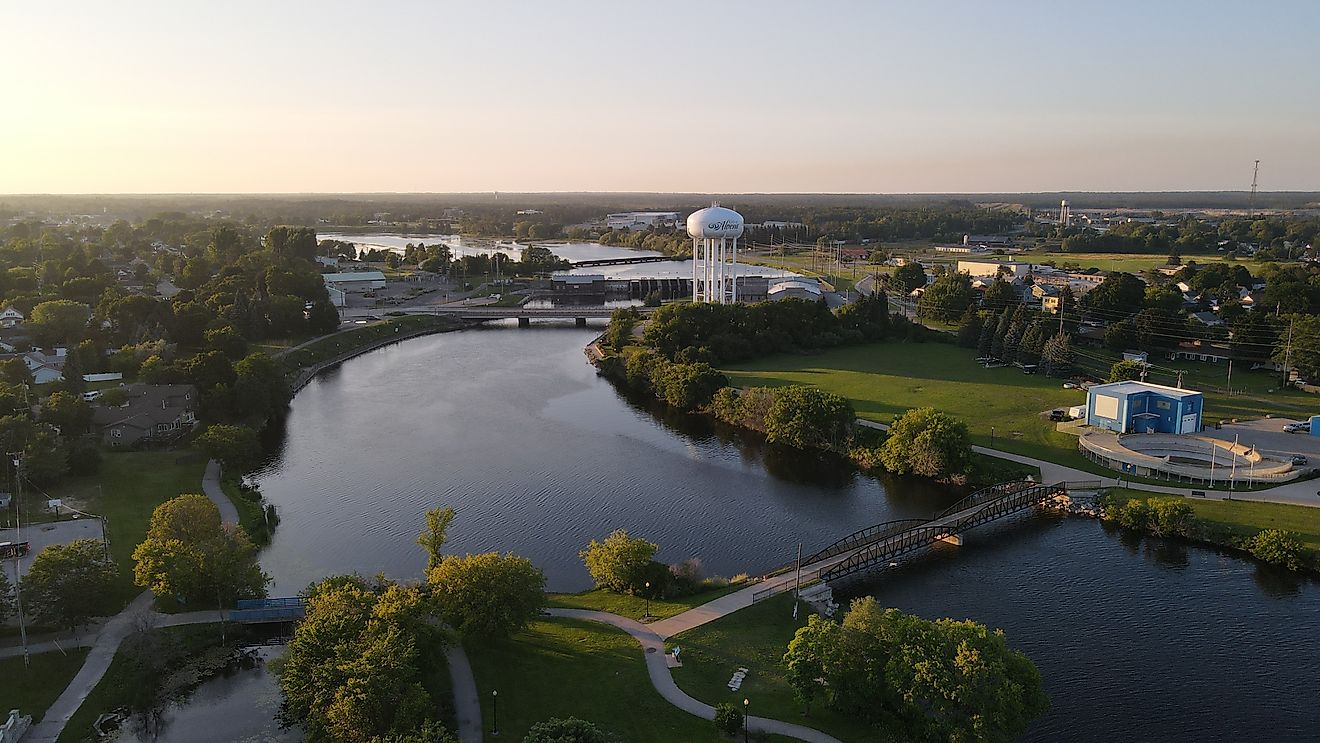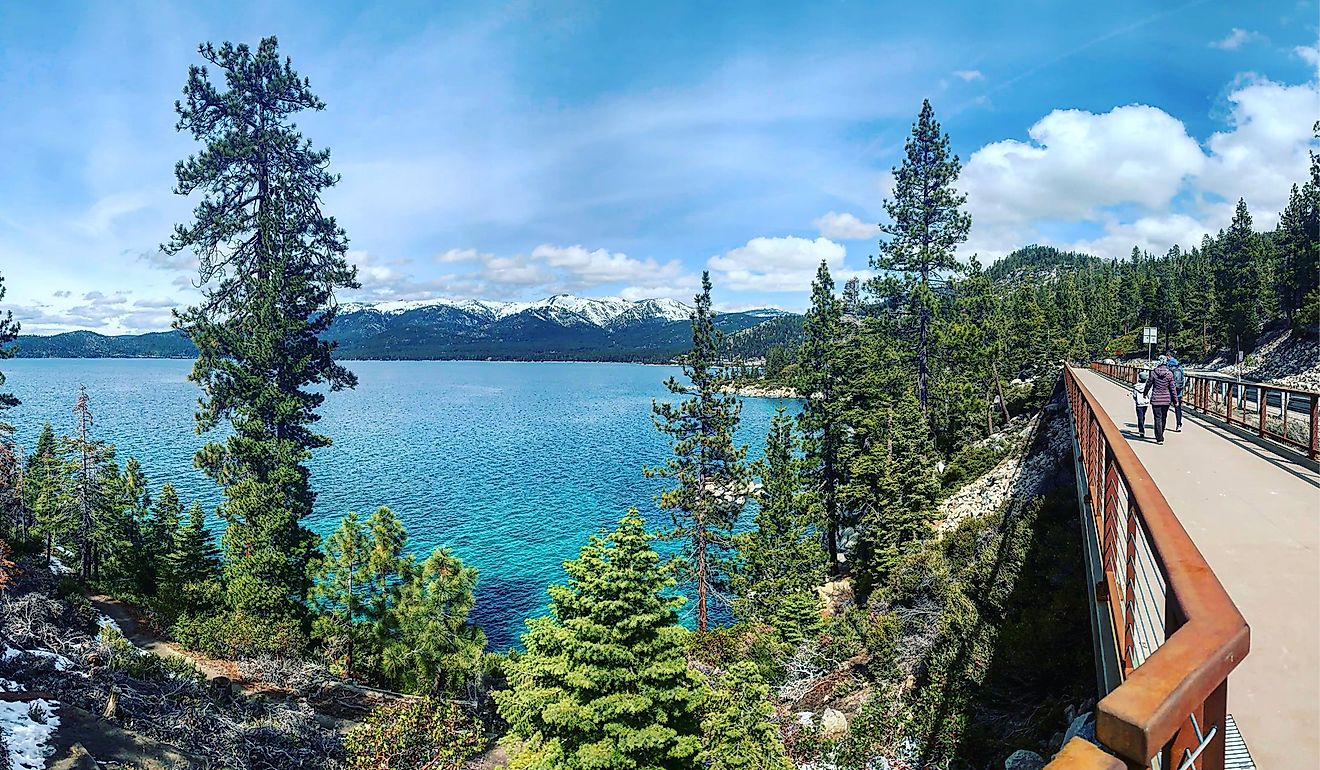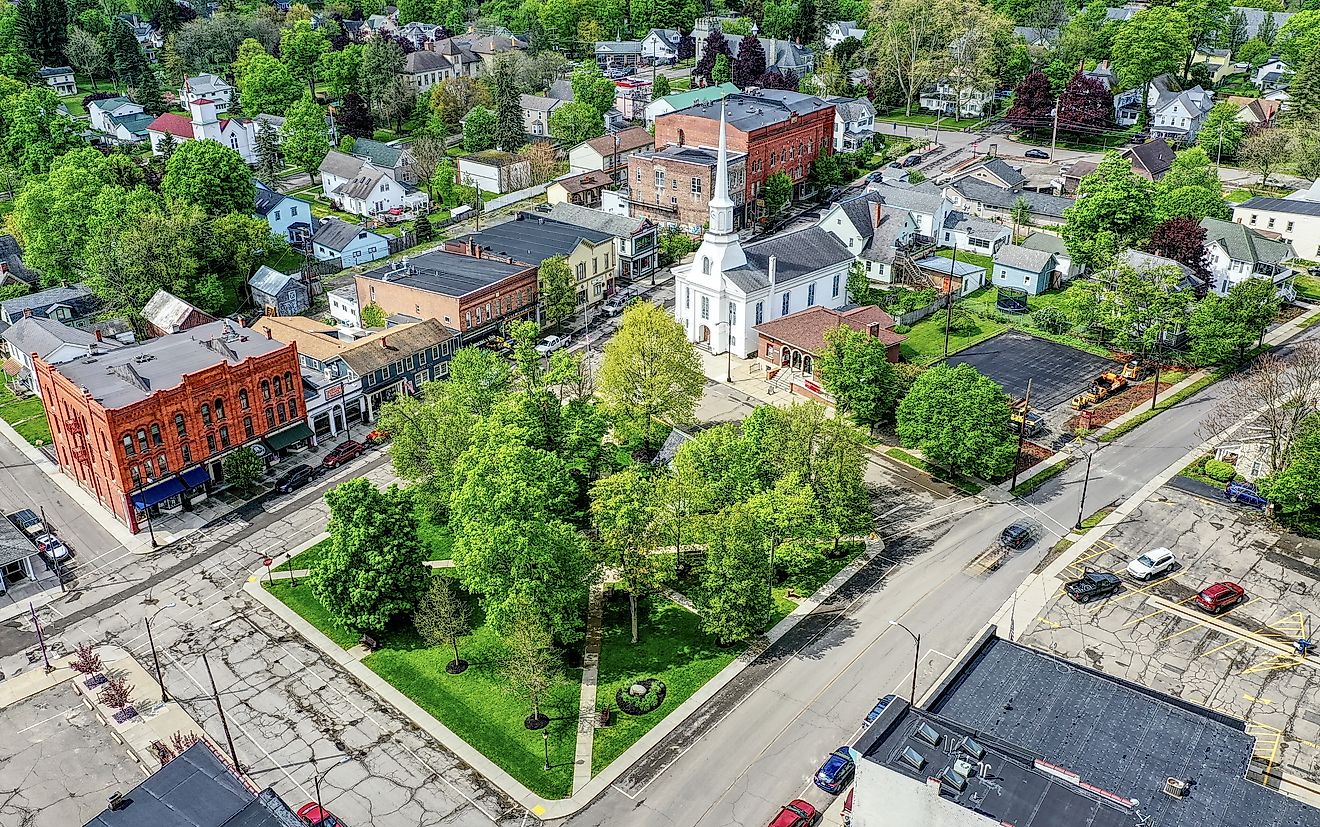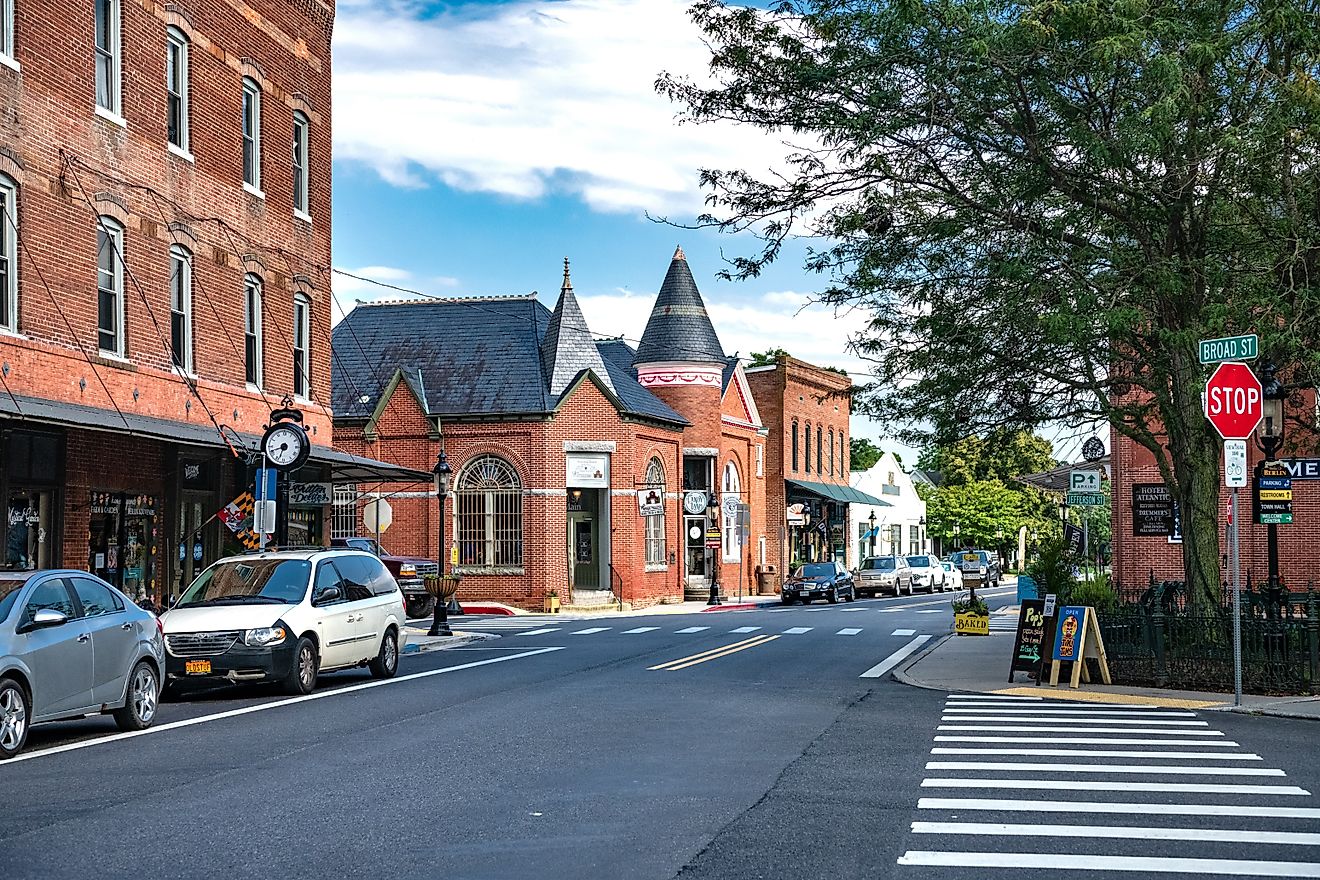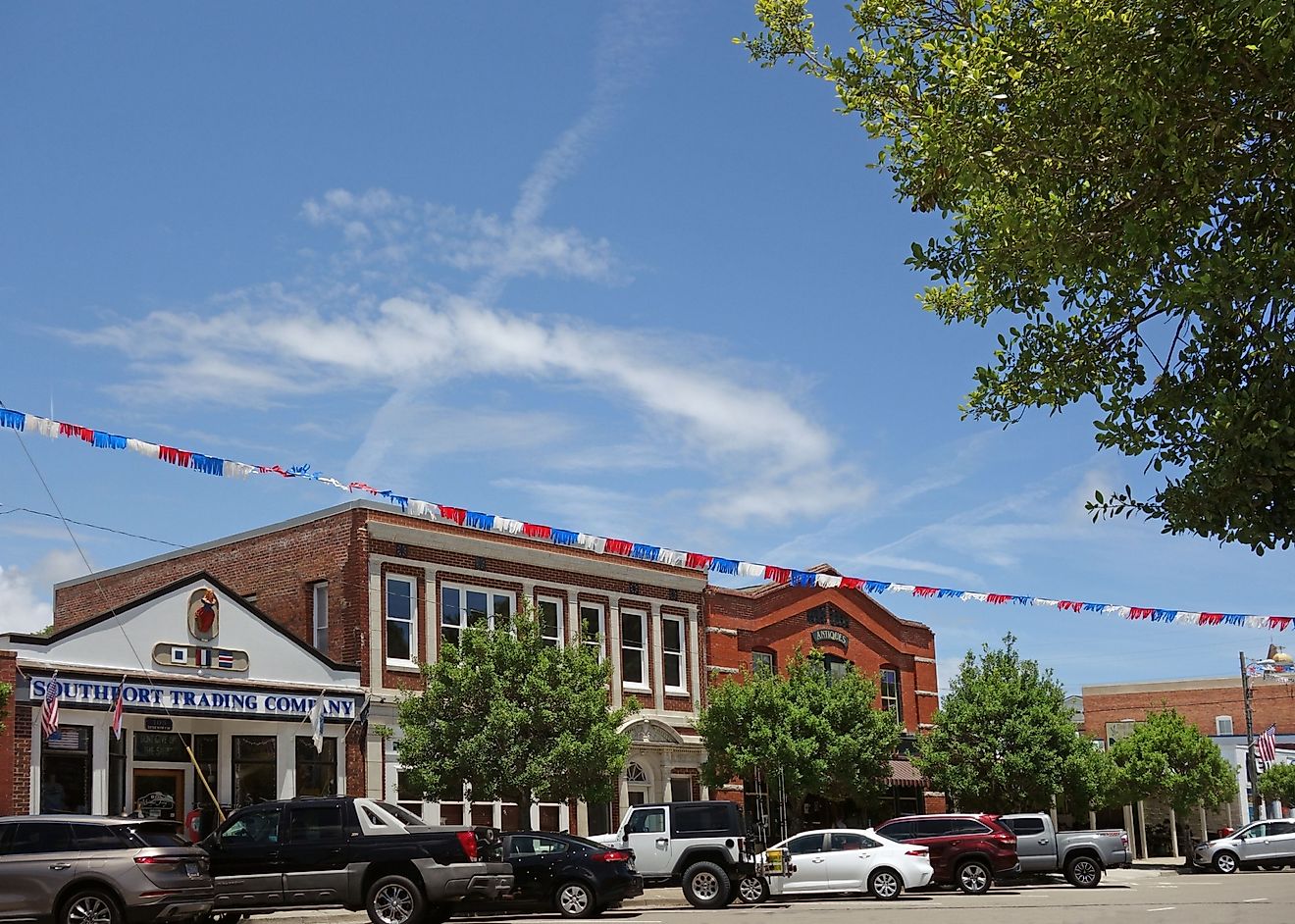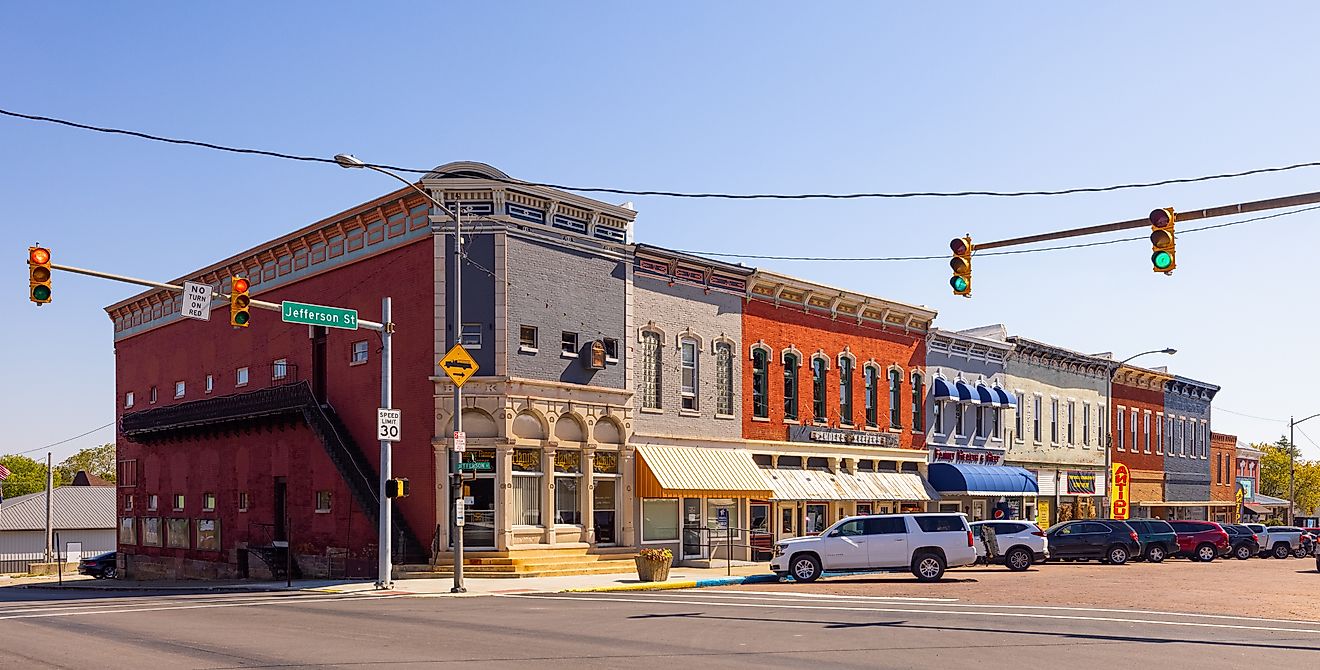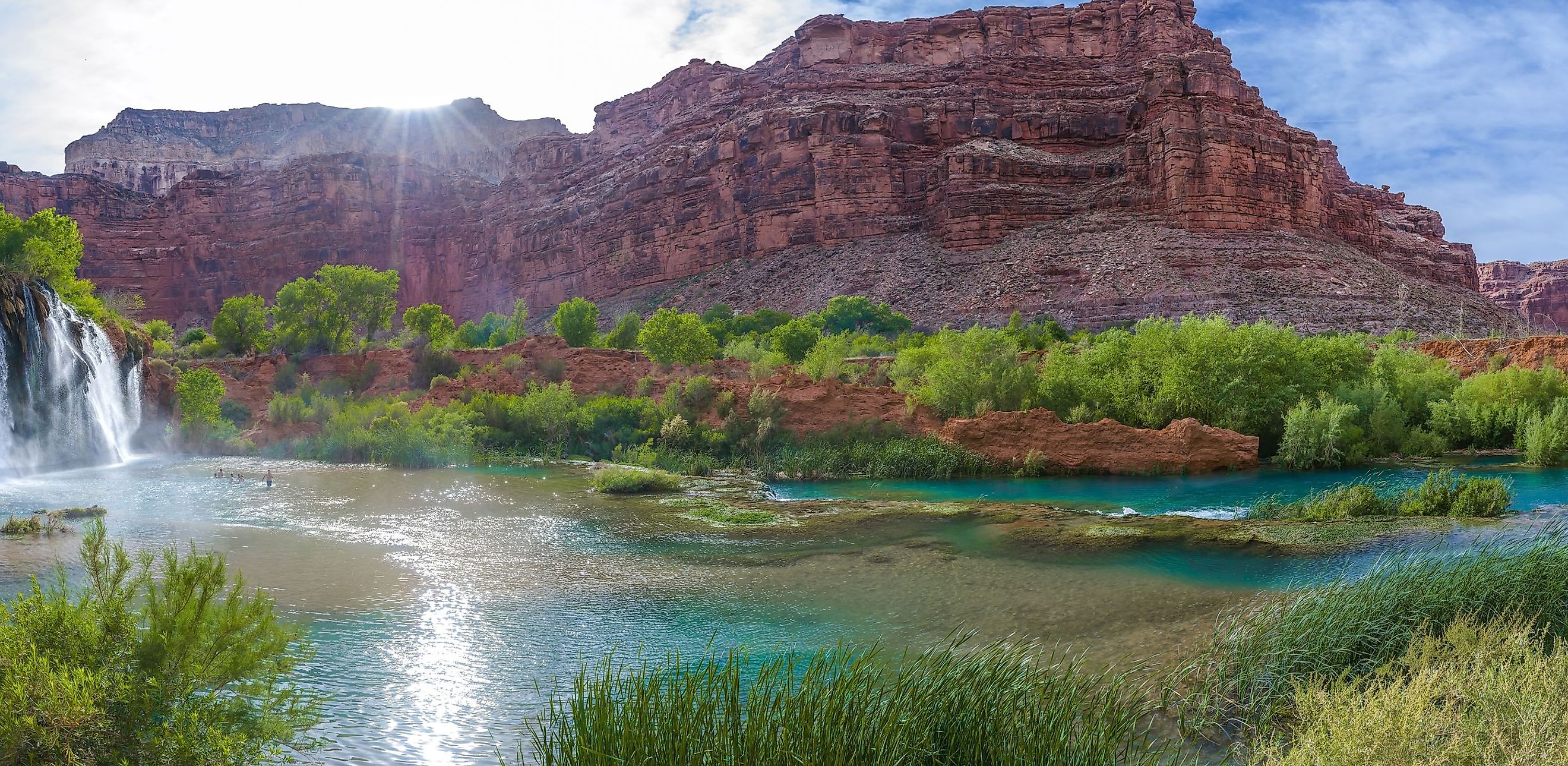
7 Natural Wonders in Arizona
Also known as the “Grand Canyon State,” Arizona’s biggest claim to fame is naturally, the striking landmark itself. However, anyone who goes there for a visit knows that the state has a diverse landscape and houses many other natural wonders that are also a must-see. From massive canyons and spectacular rock formations to sparkling water bodies and mysterious caverns, these seven wonders show off the state’s varied and awe-inspiring terrain.
1. Grand Canyon
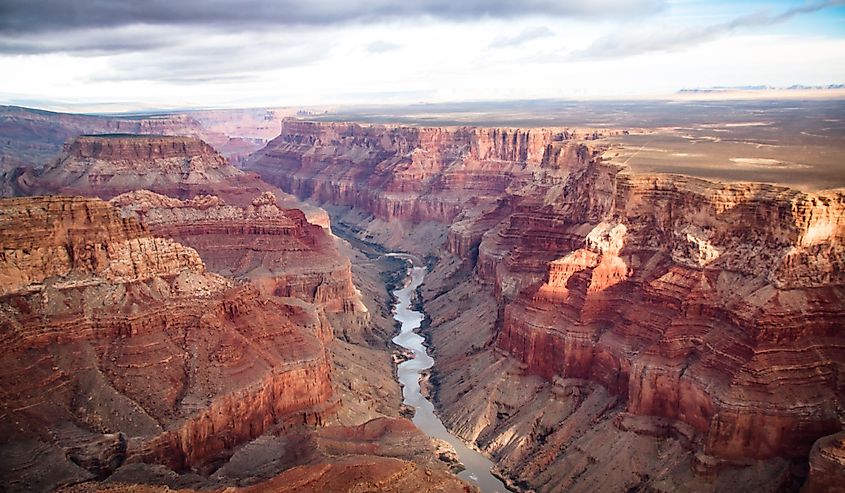
As the most famous of Arizona’s natural wonders, the Grand Canyon, deserves the top spot. Formed millions of years ago, as a result of tectonic upheaval, when the mighty Colorado River cut through the Colorado Plateau, this gorge is spectacular in its size and majesty. With a North and South Rim, and numerous trails and lookout points, it is easy to get overwhelmed by its size. Its beauty is equally overpowering; especially during sunrise and sunset when the entire Canyon turns different shades of red, copper, orange, and gold.
2. Antelope Canyon
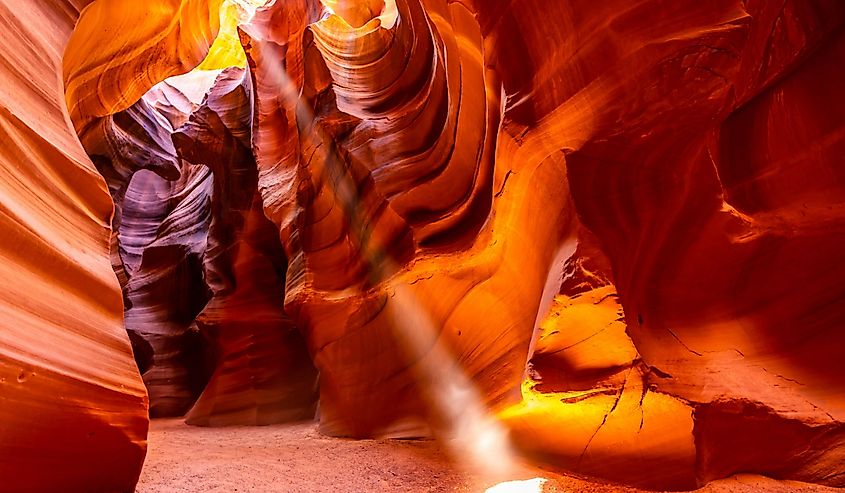
Shaped by water erosion, Antelope Canyon is one of the most photographed areas in the southwest. Its name comes from the herds of pronghorn antelope that once lived on the land, and it is a part of the Navajo Nation's territory. Visitors can book tours to the Upper and Lower parts of the Canyon through Navajo guides. The Upper part of the Canyon is an easier and shorter route to hike, while the Lower part is better suited for the more adventurous. Antelope Canyon is at its most beautiful during the months of March to October, as the sun lights up its walls in vivid shades of orange, red, and gold.
3. Havasu Falls
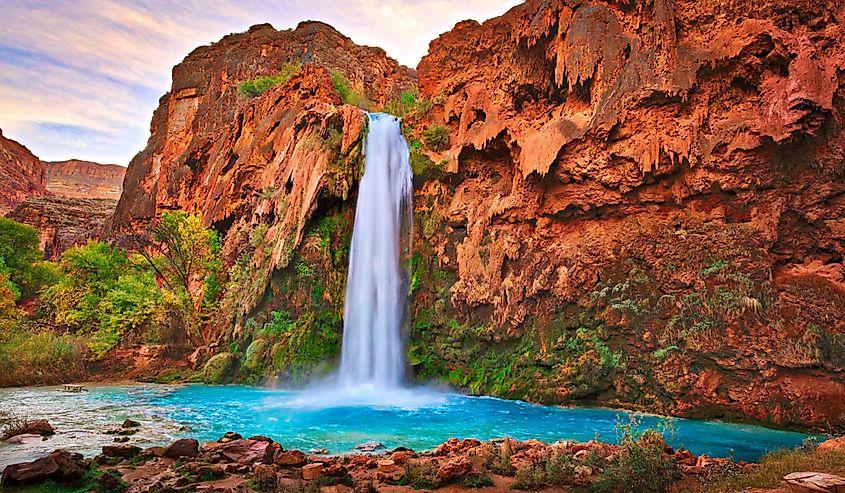
Famous for its brilliant turquoise waters, the Havasu Falls is blue-green in color because of limestone deposits known as travertine. Located on Havasupai Indian Reservation land, visitors need a permit to enter. The official season to visit is from February to November, as the winter months are too cold. The 10-mile trek to the falls is a strenuous one, probably more appropriate for seasoned hikers who come for the views, rock climbing, and swimming.
4. Horseshoe Bend
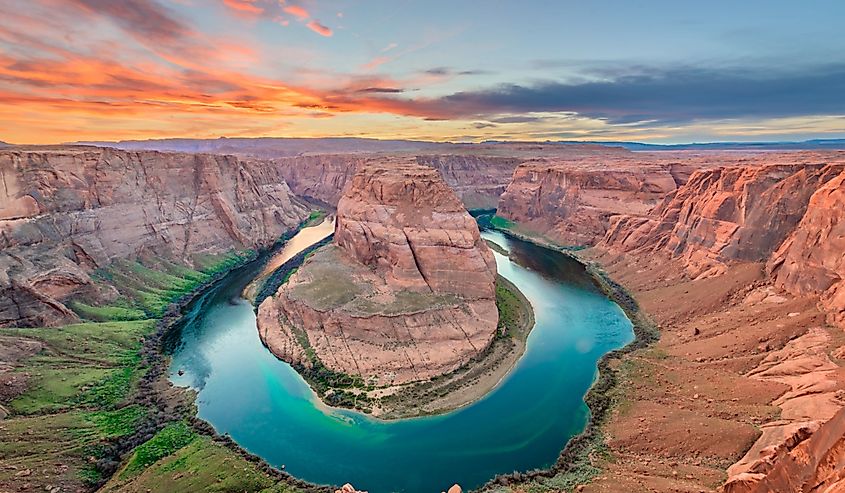
Located a few miles from the entrance of Grand Canyon National Park, Horseshoe Bend is another highly-photographed natural wonder in the Southwest. Formed millions of years ago, when the Colorado River changed course to cut downwards, the landmark is fascinating for geologists and the general public alike. Open from sunrise until sunset, the best time to go is either early morning or late evening as its colors become muted during harsh daylight. Visitors need to be careful near the edge as it is a 1,000-foot drop to the river below.
5. Petrified Forest National Park
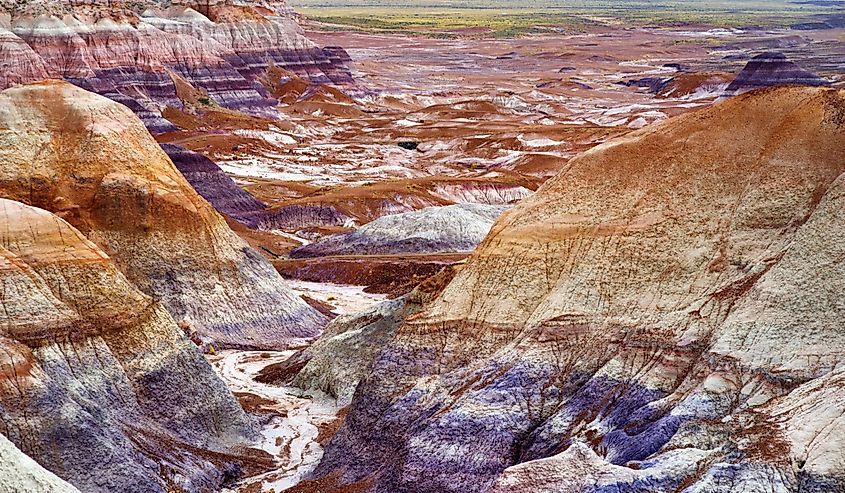
A historical, geological, and paleontological marvel, the Petrified Forest National Park is a must-visit site. Consisting of a few hundred species of fossilized plants, the forest has huge logs of ancient trees that have evolved from wood to “almost solid quartz.” The Painted Desert is visible through the park and adds to its rugged beauty. The Rainbow Forest Museum is on the South end of the forest and contains displays of fossilized prehistoric animal skeletons.
6. Kartchner Caverns
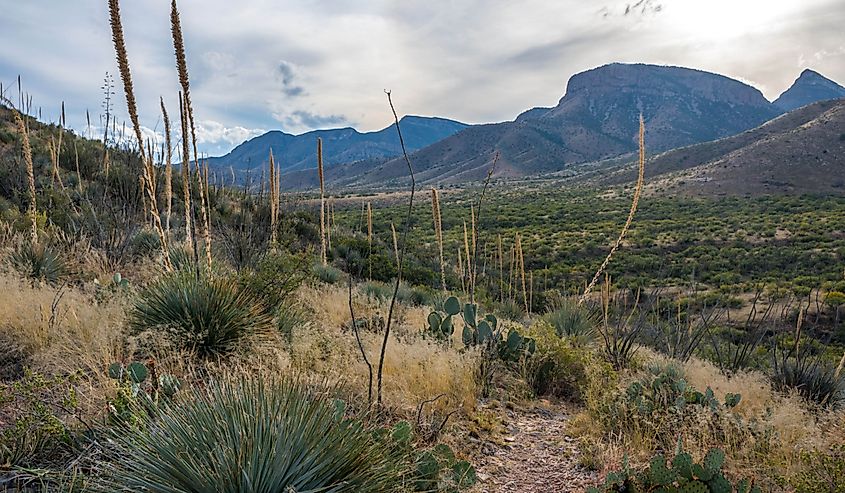
Two amateur cavers, Gary Tenen and Randy Tufts discovered the Kartchner Caverns accidentally in 1974. The caverns opened to the public in 1999, and have fast become one of Arizona’s most popular natural wonders. Ranked as one of the “World’s Top Ten Caves,” the caverns contain the world’s longest stalactite and stalagmite formations. Visitors can take guided tours of the living caves and learn all about minerals and deposits, as well as the resident bat population.
7. Lava River Cave
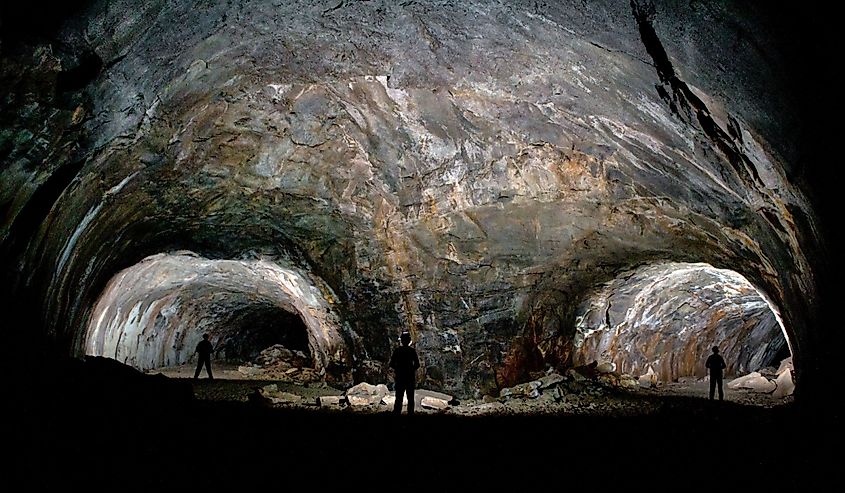
Located in the Coconino Forest, the Lava River Cave is the longest lava tube in Arizona. Formed about 700,000 years ago, when molten rock erupted from a volcanic vent, the cave remained hidden until 1915, when a lumberman chanced upon it. The rocks and icicles in the cave are a testament to its evolution as they too were once molten lava. This natural wonder is a must-see for more adventurous visitors as it does not have a proper entrance. The only way to access it is by climbing down a hole that leads straight into the heart of the cave.
In Conclusion
The natural wonders in Arizona are breathtaking in their scope and appeal. While seasoned hikers and tourists may choose more challenging sites to visit, any first-time visitor to Arizona should check out these places to get a feel of the state and its beautiful landscape.

